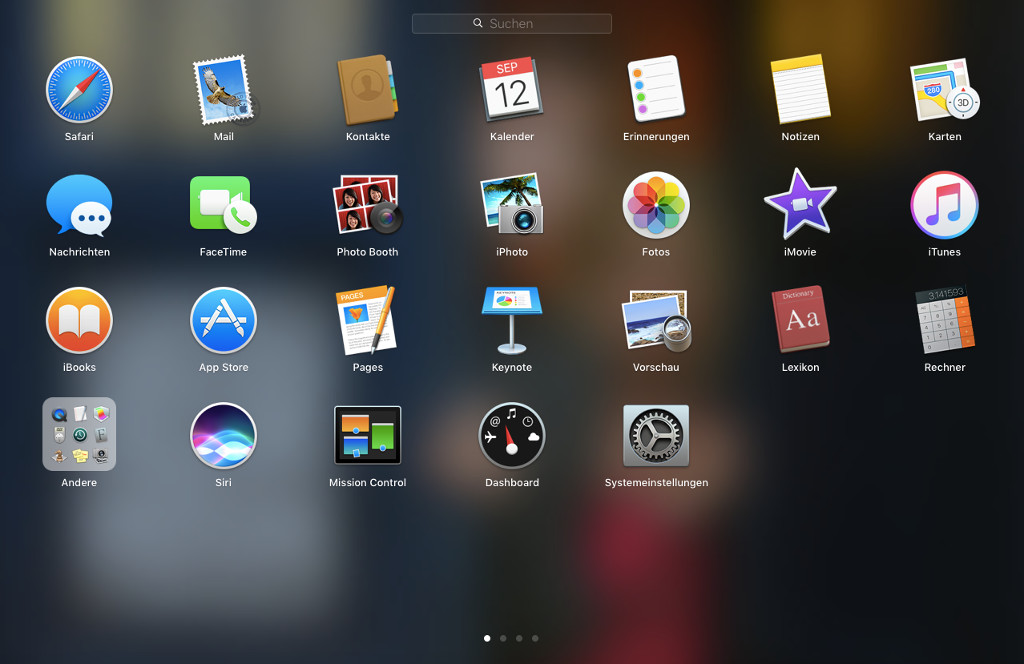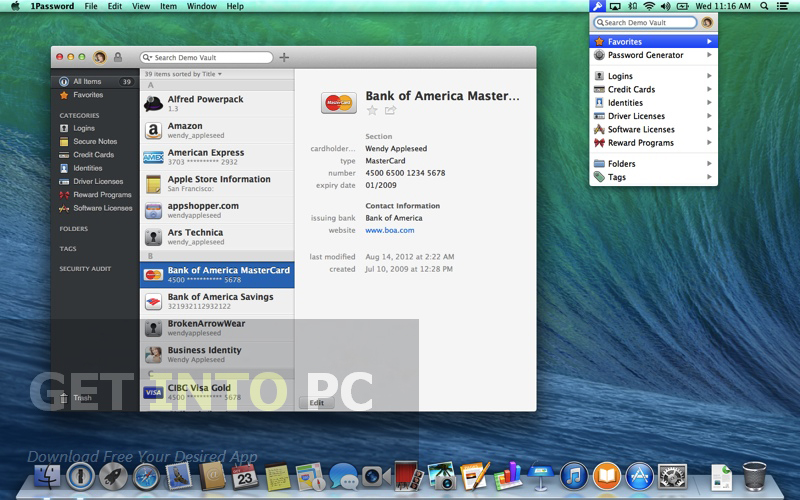May 16, 2015 It came with Mavericks, thank God, but now I’m having to fend off aggressive “invitations” from Apple to upgrade other apps like Pages (which is buggy btw) but first I have to upgrade the OS to Yosemite, thereby losing 10 years of work in iPhoto. The history of macOS, Apple's current Mac operating system originally named Mac OS X until 2012 and then OS X until 2016, began with the company's project to replace its 'classic' Mac OS.That system, up to and including its final release Mac OS 9, was a direct descendant of the operating system Apple had used in its Macintosh computers since their introduction in 1984. The newest version of iPhoto for Mac is essentially the same software you’ve been using since 2010: iPhoto 9.5, released in time for Mavericks, does not change much in terms of either the.
So why is iPhoto v9.5.1 updater missing from the Apple downloads webpage?
That updater has never been available from the Support Downloads page - it is the first 'App Store Only' iPhoto update.

Perhaps you still need to 'Accept' iPhoto, to associate it with your AppleID. Look at the 'Purchases' tab of the AppStore, if iPhoto is shown with an 'Accept' button. If yes, press the button, and then check the Updates page again.

Last year, when the 9.5.1 update came out, we had the problem, that the update was only shown, if the 'Language&Region' in the App Store preferences was set to English.
Jan 3, 2015 1:56 AM
“This copy of the Install OS X Mavericks application can’t be verified. It may have been corrupted or tampered with during downloading”
Iphoto For Mac Mavericks Mojave
The reason why this insane message is happening is because as of February 2016, the security certificates that validate these Mac OS X installs seems to have expired. What this means is that when you try to install Mac OS X Mavericks, Yosemite or El Capitan from any USB or external source, the certificate checking process will render your copy of the installer null and void. You will then get the error “This copy of the Install OS X Mavericks application can’t be verified. It may have been corrupted or tampered with during downloading.”
Thankfully, as annoying as this is, there’s a pretty easy fix in the Terminal, located on every installer of Mac OS X. Here’s what to do:
Download Iphoto 11 For Mac
- Boot into the OS X installer as you would normally do (hold down option at boot and choose your installer
- Disconnect the ethernet cable if it’s connected and turn off wi-fi from the networking menu
- Open the utilities menu item and choose “Terminal”
- When the Terminal appears, simply type in the following command: date 0202020216
- Hit return and you will now see the new date as read back by the system
- Quit the Terminal
- You can now begin to reinstall OS X from the main screen as you did before

Why does this work in the Mac OS X Terminal?
The reason why this works is that you are actually turning your computer into a time machine–and you are telling it to go back to the date February 2nd, 2016. This tricks the certificate into believing that the date is now in the past and allows the installation to resume. You can also redownload any installers to get the new certificates, which are located in your purchase history on the Mac App Store. You would then have to make new installer disks with these new downloaded installers.
Iphoto For Mac Mavericks Mac
Please consider a small and secure donation if this post helped you with your issue!
